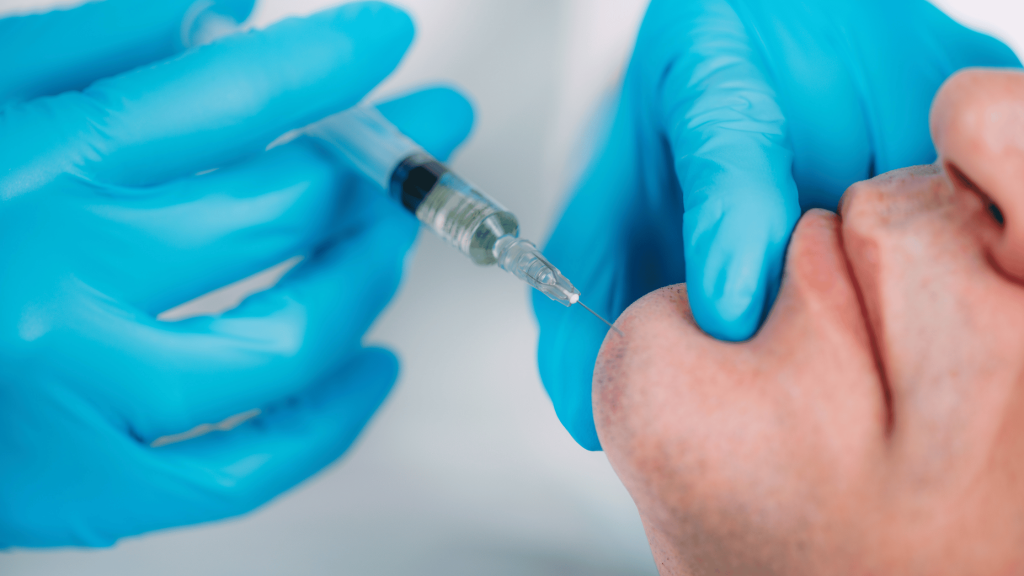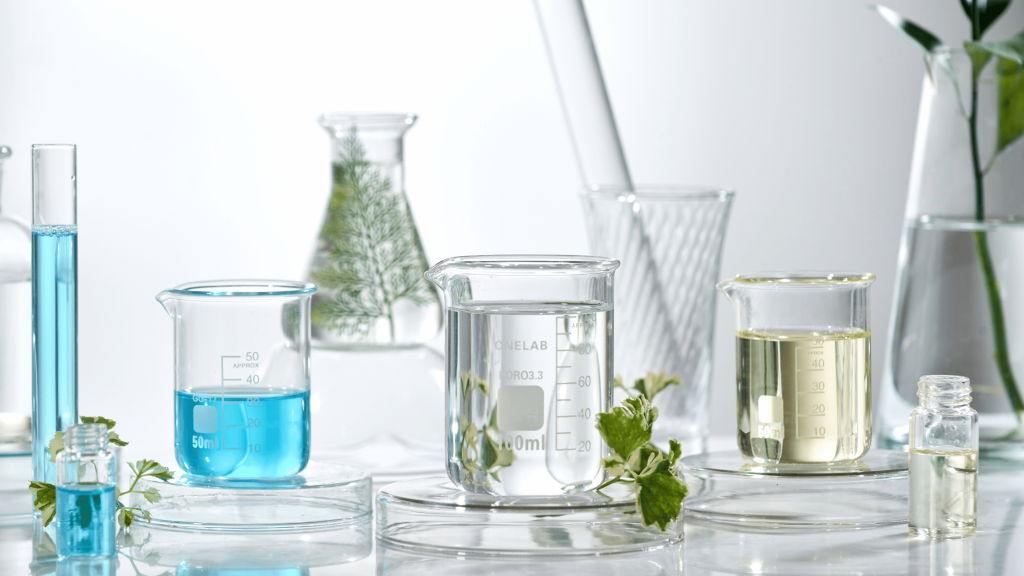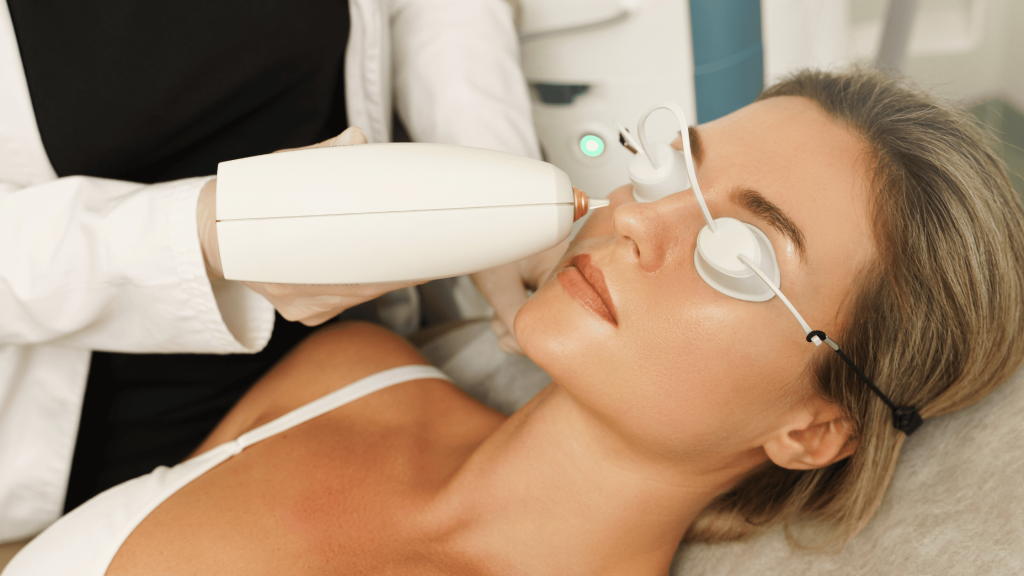
While the UK might not be the first place that comes to mind when one thinks of sun tanning, attitudes towards it have undergone a fascinating evolution over time. This blog will provide an analysis of the trends, changes, and driving factors in the UK’s perspective on sun tanning.
Traditionally, a fair, porcelain-like complexion was considered the standard of beauty in the UK. However, the perspective shifted dramatically during the 20th century when the health benefits of sun exposure, namely vitamin D production, became widely recognised. Concurrently, a sun-kissed complexion started to be associated with affluence and the luxury of foreign travel, and thus, tanning became a sought-after beauty trend.
However, with increasing awareness about skin health and the risks associated with UV exposure – including premature ageing and skin cancer – the early 21st century saw the advent of the “faux glow”. Sunless tanning products flooded the market, offering a safer alternative to natural tanning. Self-tanning lotions, mousses, and spray tans became the preferred choice for those wanting to achieve a bronzed look without exposing their skin to harmful UV radiation.
Fast forward to the 2020s, the trend in the UK leans more towards natural skin tones and promoting skin health. The advent of “skin positivity” movement, encouraging individuals to embrace their natural skin, whether pale or dark, freckled or clear, has brought about a significant change in the way sun tanning is perceived. It also gives rise to beauty trends like “glass skin” and “dewy skin”, emphasising skin health over skin colour.

The rise of advanced skincare products and treatments focusing on maintaining skin health, protecting against UV radiation, and correcting sun damage reflect this shift. Skincare routines involving SPF protection, antioxidants and skin-repairing ingredients like retinoids are growing more popular.
Furthermore, there’s an increasing trend of people seeking professional aesthetic treatments to reverse sun damage. Microneedling, chemical peels and laser treatments are gaining popularity as they can effectively address hyperpigmentation, uneven skin tone and texture, and other signs of photoaging.
However, it’s important to note that while the love for a sun-kissed glow is declining, it hasn’t disappeared completely. The market for self-tanning products is still thriving, suggesting that the allure of a tan still holds sway over a considerable population. Also, the emergence of products offering a tan while also incorporating skin-nourishing ingredients demonstrates an effort to reconcile the desire for a tan with the emphasis on skin health.
In conclusion, the UK’s perspective on sun tanning has evolved remarkably over the years. With the current focus on skin health and natural beauty, it will be interesting to see how these trends continue to shape attitudes towards sun tanning in the future. As we celebrate all skin types and colours, let’s remember – the healthiest tan is the one you don’t have, and the best accessory you can wear is SPF!


















